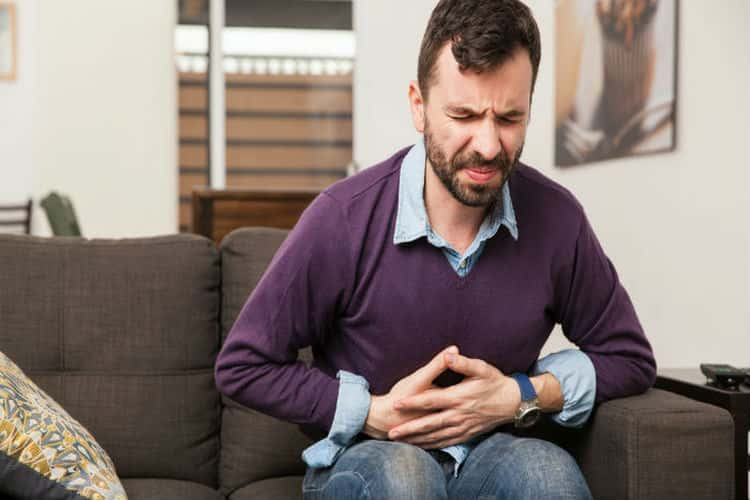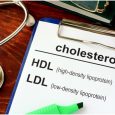Experiencing food poisoning is really awful. The stomach cramps, feeling queasy, and just generally not well make it worse than missing out on a birthday cake. Besides feeling terrible right away, food poisoning can even cause serious health problems and, in some cases, be fatal. When something like this happens, it’s normal to ask: who’s to blame? Figuring out who is responsible for food poisoning can be like solving a complicated legal puzzle. It involves sorting through a web of responsibilities and proving things in a detailed way.

Understanding the Grounds for Liability
To begin, let’s look at the legal side of things. Negligence is a key factor. This idea holds individuals or businesses responsible for not being careful enough, which ends up causing harm to others. In cases of food poisoning, negligence might include restaurants not keeping food at safe temperatures, manufacturers using ingredients that are not safe, or retailers storing products incorrectly. But proving negligence means the person who got sick has to show exactly what someone did wrong or failed to do, making it a bit tricky.
Another legal concept, separate from negligence, is strict liability. This idea comes into play when certain parties, like those involved in producing and distributing food, are held responsible for injuries caused by their products, regardless of how careful they were. According to a Seattle personal injury attorney, this means that even if they followed all safety rules, if their product is contaminated and makes someone sick, they can still be held accountable. This makes it simpler for the person who got sick because they only have to show that the product was faulty and caused the illness.
However, proving a direct link between the contaminated food and the illness is still a challenge in both negligence and strict liability cases. It’s not always easy to determine if it was the restaurant dish or the pre-packaged salad that caused the sickness. Gathering evidence is crucial, including medical records confirming the illness, receipts, and statements from witnesses who can confirm what was eaten. Often, lab tests on food samples and the victim’s blood can identify the cause, making the case stronger.
Identifying Potential Liable Parties
Now, let’s focus on who might be responsible. Restaurants and food service providers carry a big responsibility for making sure their menu is safe. If they don’t handle food properly, maintain good hygiene, or keep the right temperatures, it can lead to contamination. In such cases, the restaurant owner could be directly held responsible.
Moving up the food chain, manufacturers and distributors also have a crucial role. Contaminated ingredients, faulty packaging, and mistakes during production can introduce harmful bacteria or toxins into the food supply. It can be tricky to trace the source of contamination back to the manufacturer or distributor, but if it’s proven, they could be held responsible for their faulty product.
Even retailers and grocers, who may seem far removed from the initial preparation, have a role to play. Not keeping products at the right temperatures, mishandling them during transportation or display, and selling expired goods can all contribute to foodborne illnesses. Proving their direct negligence can be tough, but under strict liability, they could still be held responsible if the contamination started with their stock.
In rare cases, the blame might go back even further to the farm level. Contaminated water used for irrigation, mishandling of livestock, and the use of unsafe fertilizers can introduce harmful microorganisms into produce from the very beginning. Holding farmers responsible can be complicated due to factors like multiple points of distribution and difficulty isolating specific sources, but it’s not entirely impossible.
Navigating the Path to Compensation
Dealing with the legal process after a case of food poisoning can be overwhelming. It’s important to consult with a qualified lawyer who has experience in handling foodborne illness cases. They can review the evidence, figure out the best legal approach (like negligence or strict liability), and help you through the process of filing a lawsuit. Keep in mind that deciding whether to settle or go to trial involves considering factors such as the strength of your case, potential compensation, and the emotional toll it may take.
If your case is successful, you may receive damages covering various aspects, like medical expenses, lost wages, pain and suffering, and, in certain situations, punitive damages. These awards can help ease the financial and emotional burdens caused by the ordeal and, ideally, discourage future negligence.
Despite the legal complexities, you’re not alone. There are resources available for support and guidance. Local health departments can provide information on reporting foodborne illnesses and investigating potential outbreaks. Consumer advocacy groups can advise on legal rights and offer practical resources.
In conclusion, food poisoning isn’t just a personal problem; it’s a potential legal issue with layers of responsibility. Understanding the legal landscape, identifying responsible parties, collecting evidence, and seeking legal advice are crucial steps in seeking compensation and holding those accountable who didn’t ensure food safety. Prevention is key – choose reputable food establishments, practice safe food handling at home, and stay aware of expiration dates. By taking proactive measures and knowing your legal rights, you can help protect yourself and others from the unpleasant experience of food poisoning.




